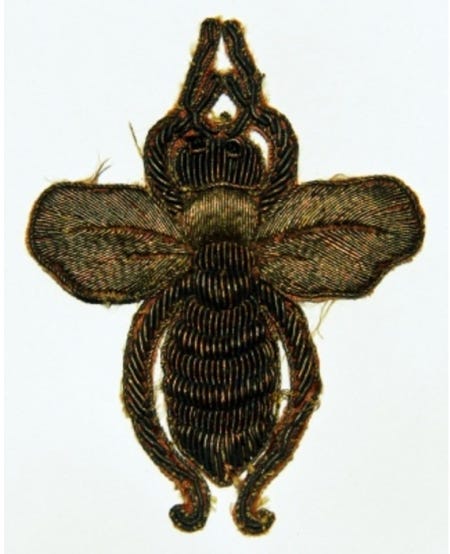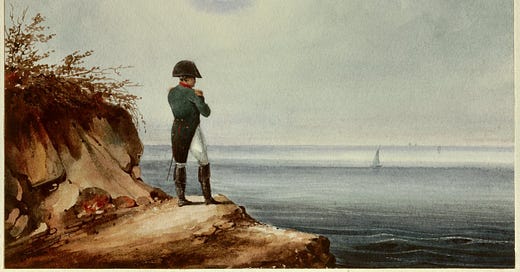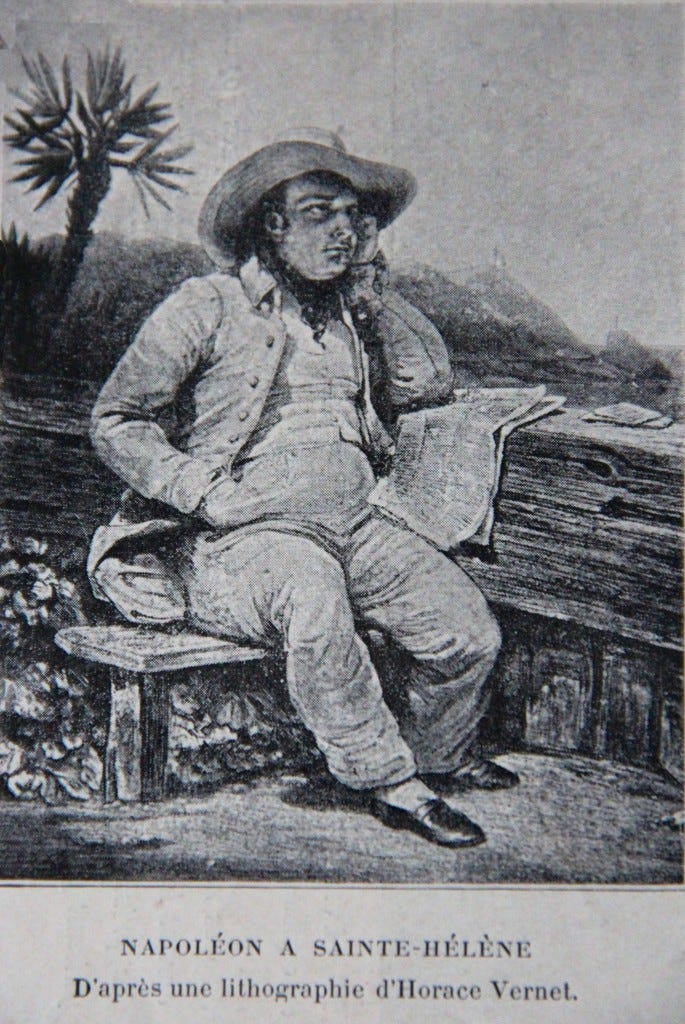I’ve been wanting to get back to writing about clothes, but today happens to be Election Day. The simplicity of this election in the United States is exquisitely rare. Things are often complex and nuanced, but not in this case.
Thematically, this is a single-issue election (lots of candidates, policies and other considerations all readily roll up into one, plus there’s bad jurisprudence to be repudiated).
Long before he was President, Lincoln predicted the central question of America’s continued existence in his 1838 Lyceum Address:
At what point then is the approach of danger to be expected? I answer, if it ever reach us, it must spring up amongst us. It cannot come from abroad. If destruction be our lot, we must ourselves be its author and finisher. As a nation of freemen, we must live through all time, or die by suicide.
As omens and portents go, my wife informs me that a squirrel stole a decorative squash from our porch today (no easy feat, considering this gourd was probably about the same size as the squirrel in question)—for predictions about the future, please make of that what you will.
//
I’ve been thinking about Napoleon’s exile on St. Helena. He learned about his impending transfer to this remote island in the Atlantic (thousands of miles from a continent in every direction) while aboard the HMS Bellerophon, a ship sitting in the English Channel. Bonaparte had approached the ship aboard a French flagged vessel and surrendered to its captain in the hopes of receiving asylum in America (and we actually offered it to him, with Napoleon’s brother making it to the East Coast and living out his remaining days off of the proceeds from jewels he had plundered gifted to himself during his short stint as King of Spain).
Elba had already proved to be not far away enough (with Napoleon having escaped his previous 9 month exile there) and the English government did not want Napoleon to become a draw for curious visitors (people were already trying to visit the ship during the months he stayed there). They also did not want him on English soil where he would attempt to invoke certain legal rights.
The remote island of St. Helena was still technically owned by the Dutch East India Company at the time, but was under English government control (a sign of the company’s decreasing autonomy and waning influence). The Seventh Coalition allies figured its remoteness, small size and 600-1200 foot encircling cliffs all made it a suitable candidate for an open air prison and military garrison to finally contain the erstwhile emperor.
Napoleon spent the six remaining years of his life on St. Helena. He would occasionally receive visitors (and he had traveled to his exile with a retinue of 20 individuals, who maintained a kind of impoverished court there).
Most images of him from this period show him sitting around listlessly, but Napoleon channeled his restive energies into substantially improving and expanding the gardens on the island.1 The would-be emperor of the world had reinvented himself, somewhat improbably, as a busy-but-contented horticulturalist. Napoleon chose the industrious bee as a symbol for himself as emperor (in an effort to reject the ancien régime-associated Fleur-de-Lis and taking after the Frankish King Childeric) so it’s fitting that he had a final act as a pollinator.2
Before being repatriated to lie in a (ridiculous) porphyry sarcophagus in Paris in 1840, Napoleon’s remains were entombed on St. Helena beneath a weeping willow tree (Salix babylonica). The willows on the island, originally native to China, were a favorite of his and he would pass his time sitting in the shade of their canopies.
In the years after his death in 1821, all manner of visitors putting in at Jamestown Bay would visit these willow trees and take cuttings as souvenirs and for propagation. Today, the willow trees that shaded the tomb are gone (and Napoleon is now grandly entombed near his first choice, the river Seine), but you can find trees all over the planet that are claimed to be clones grown from these original willow’s cuttings (one is improbably growing next to a freeway in Seattle). The willow is sometimes referred to as Salix napoleona or Salix Bonapartea for this reason. The tree is now considered invasive in many countries, including Australia and New Zealand. As Kate Teltscher, a researcher for Kew Botanical Gardens, writes, “[t]hrough the unstoppable proliferation of weeping willows, Napoleon has managed to gain a new arboreal empire.”
On a longer time horizon, I’ve already started thinking about the end of an era and a certain Presidential library and mausoleum that will inevitably be built in Palm Beach, Florida. Maybe a gold-plated sarcophagus, a fitting metal for the world’s densest, softest man.
We can’t be sure of the year, but this shrine to avarice will ultimately be destroyed by a powerful and indifferent hurricane. Already proscribed by the American citizenry (and posterity), the bones will be cast into the sea by nature itself.

An avid reader of Rousseau, these gardening endeavors showcase the collision of Napoleon’s more scientific and Romantic facets. One anecdote holds that he planted at least one Celtis australis or Micocoulier de Provence, a southern European nettle tree or hackberry, on St. Helena. This plant is one possible candidate for the lotus plant of the ancient world (e.g., the plant consumed by the ‘Lotus-Eaters’ in Homer’s Odyssey, although more thorough sources I’m seeing consider the plant to the Zizyphus lotus, or jujube). Napoleon clearly liked the tree as he had formerly cultivated it at one of his summer residences as well. Why he liked it is left to speculation (maybe something he and the Empress Josephine had talked about in prior gardening pursuits).
For Napoleon’s coronation, he and his advisors debated what heraldic animals and symbols to adopt (he deliberated between the lion and the eagle for a month before choosing the latter). For his coronation robe, a motif of bees or the fleur-de-lis were both considered. From the surviving notes of a June, 1804 meeting, it seems one of his advisors, a lawyer named Jean-Jacques-Régis de Cambacérès, author of the Napoleonic Code, suggested that the fleur-de-lis itself was originally just a poorly drawn/misinterpreted bee. This matter is unsettled today, but Cambacérès was likely familiar with this idea from Jean-Jacques Chifflet’s 1655 commentary and illustrations of Childeric’s funerary possessions. Napoleon adopted the bee for his robes (and as with Childeric’s grave goods, the images of the coronation robes survive even if most of the ornamental bees do not; Childeric’s bee-shaped robe ornaments were stolen in 1831 and all but two were presumably melted down for use as bullion/currency).






